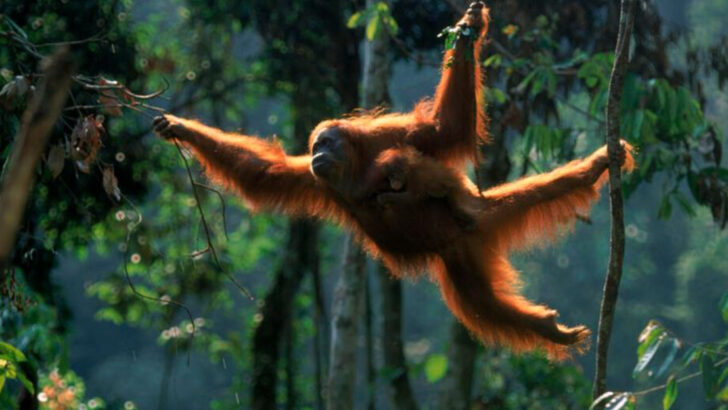Not every wild animal wants a front-row seat to the human circus.
While some creatures cozy up to cities, raid trash cans, or strut through backyards like they own the place—others took a hard pass. These bold animals didn’t bend. They didn’t tame. And guess what? They’re doing just fine.
In fact, they’ve reclaimed space, rebuilt numbers, and bounced back stronger because they refused to play nice with us.
These 16 wild survivors stayed wild on purpose—and it’s paying off in the most fascinating ways. Ready to meet the animals that ghosted civilization and came out on top? Let’s go.
Snow Leopard
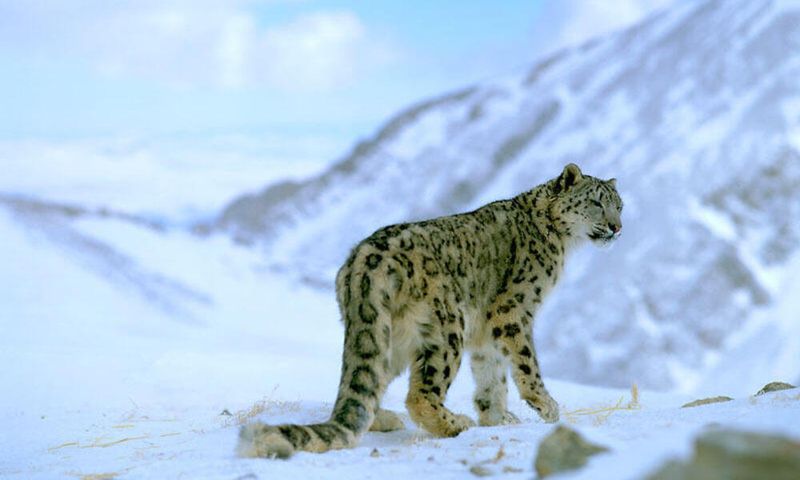
Elusive and enigmatic, the snow leopard roams the high mountains of Central Asia with unparalleled grace. Unlike other big cats that have moved closer to human settlements, snow leopards prefer their rugged, isolated habitats. This choice has helped them maintain a niche where they face fewer threats from human activity.
Their thick fur and large paws are perfect for navigating snowy terrains. This solitary predator’s ability to blend into its environment has made it a symbol of wilderness preservation. Snow leopards are less likely to engage with humans, ensuring their survival in remote terrains.
Pangolin
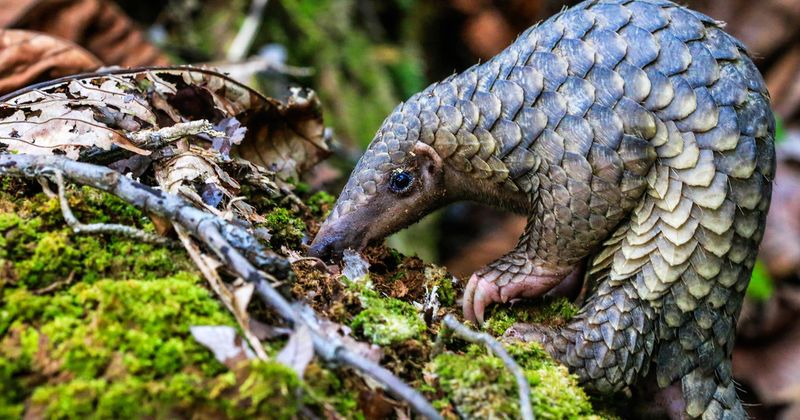
With its armored scales, the pangolin is a creature of ancient design. Despite being one of the most trafficked animals, pangolins have remained steadfast in their natural habitats. They are nocturnal, elusive, and shy, rarely seen by humans.
Their primary defense is to curl into a ball when threatened, which is effective against predators but less so against poachers. However, by sticking to their forested homes, they avoid many human interactions. Their unique lifestyle and appearance make them a fascinating study in survival against the odds.
Bald Eagle
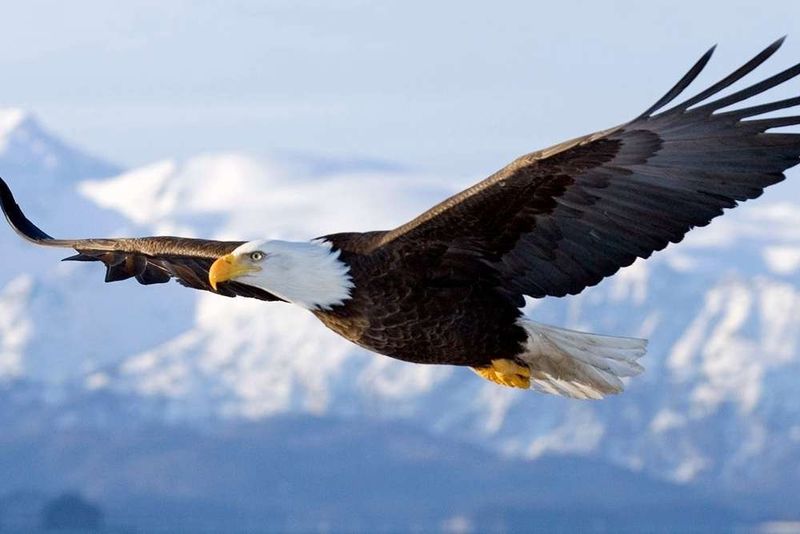
Once endangered, the bald eagle has made a triumphant comeback by choosing to nest in protected areas. These majestic birds have embraced national parks and reserves, where human interference is minimal.
Their impressive wingspan and keen eyesight make them formidable hunters. By avoiding urban areas, they sustain themselves on a diet of fish and small mammals. The bald eagle’s resurgence is a testament to conservation efforts and its ability to thrive away from human encroachment.
Mountain Gorilla
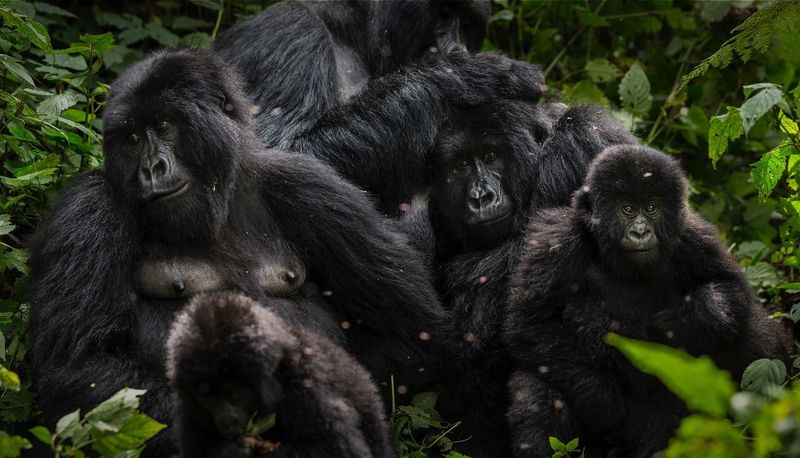
In the heart of Africa, the mountain gorilla has thrived by staying in its native forest habitat. This choice has kept them away from urban areas, reducing human conflict and promoting population growth.
They live in close-knit family groups, displaying behaviors that mirror human social structures. Their powerful presence and gentle nature have made them icons of wildlife conservation. By residing in protected national parks, mountain gorillas continue to flourish, safe from the pressures of human expansion.
Arctic Fox
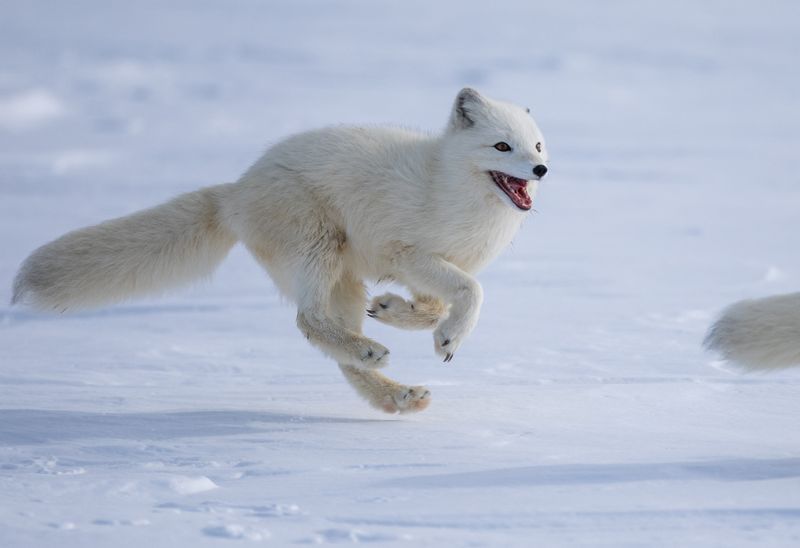
Adaptable yet wild, the arctic fox thrives in the extreme conditions of the polar regions. By living in remote areas, they avoid human contact and have lesser threats from human activities.
Their seasonal coat changes provide camouflage against predators. These resourceful animals are skilled hunters and scavengers. The arctic fox’s survival strategy revolves around resilience in harsh climates, proving that isolation can be a successful adaptation strategy.
Komodo Dragon
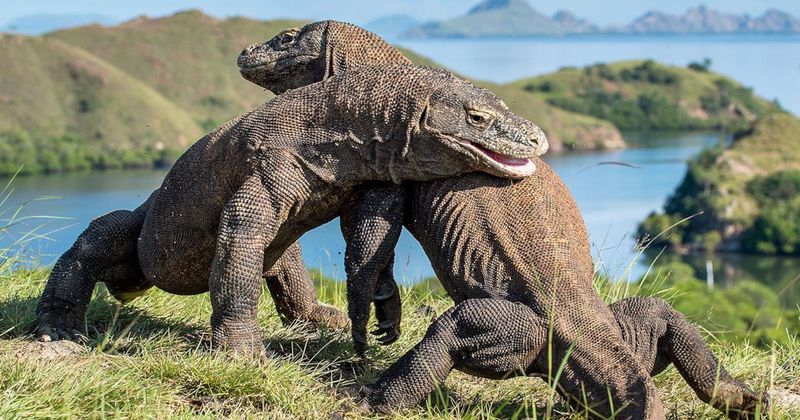
The formidable Komodo dragon inhabits isolated Indonesian islands, where they reign supreme. These giant lizards have evolved to dominate their ecosystem without the need for human adaptation.
Their size and strength make them apex predators, and their habitats offer little in terms of human encroachment. Komodo dragons have thrived by maintaining their natural behaviors and habitats, ensuring their survival in a unique and challenging environment.
Orangutan
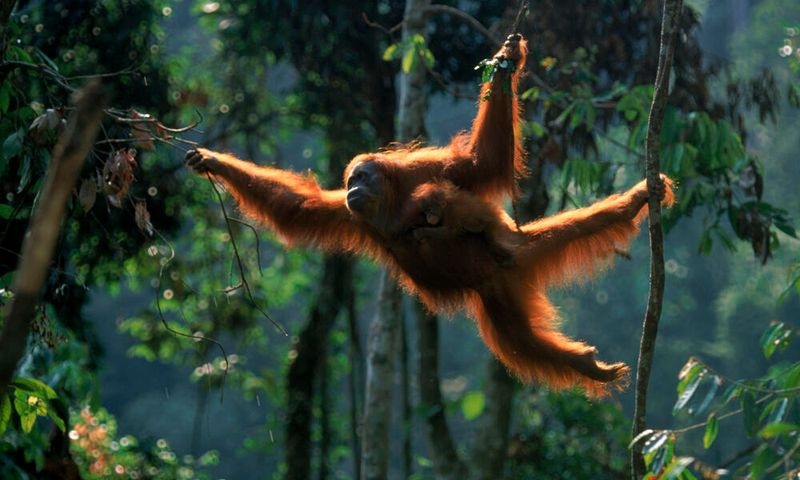
In the rainforests of Borneo and Sumatra, orangutans have chosen to remain true to their arboreal lifestyle. By living high in the trees, they avoid many dangers on the ground, including human interaction.
Their intelligence and adaptability have enabled them to survive in diminishing habitats. By focusing on conservation and protected areas, orangutans continue to thrive, showcasing the success of minimal human adaptation.
Tasmanian Devil
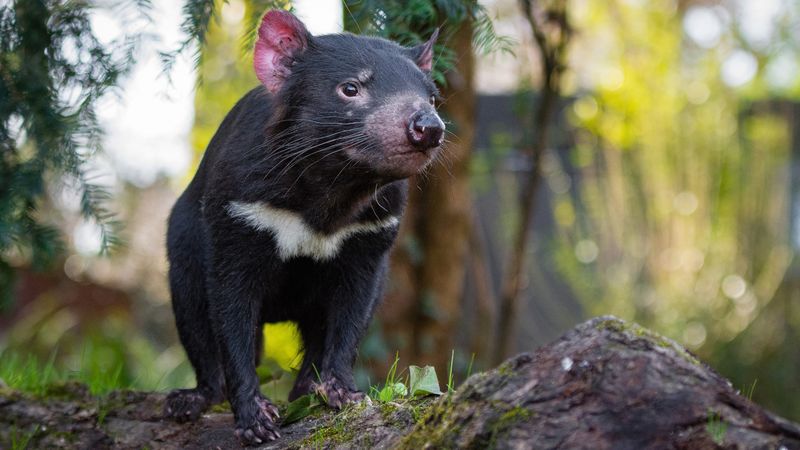
Fearsome in appearance but essential to the ecosystem, the Tasmanian devil roams the wilds of Tasmania. By shunning urban areas, they avoid the risks of human encroachment.
These carnivorous marsupials play a vital role in controlling the population of other species. Despite facing challenges like disease, their preference for the wilderness helps them thrive, highlighting the importance of natural habitats for survival.
Giant Panda

The giant panda, a symbol of conservation success, thrives by staying in secluded bamboo forests. Their exclusive diet of bamboo means they have little need to adapt to human environments.
Living in remote areas reduces human interaction, allowing pandas to focus on their natural behaviors. Their distinct black-and-white markings have made them international icons, and their survival story underscores the importance of habitat preservation.
African Elephant
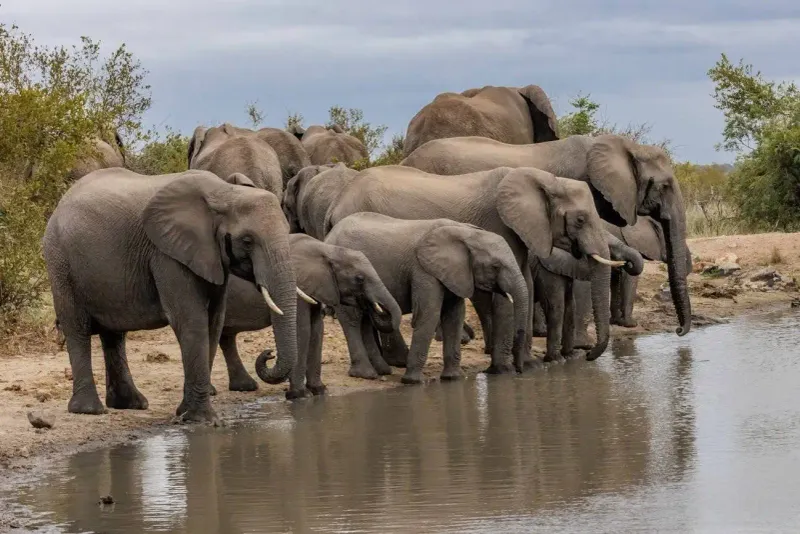
Majestic and wise, African elephants traverse the savannas and forests, avoiding densely populated human areas. Their migratory patterns ensure they stay connected to natural water sources and food supplies.
By maintaining distance from human settlements, they reduce the risk of conflict. The continued existence of African elephants relies on their ability to find safe havens within nature’s expanses, a testament to their resilience and strength.
Amur Leopard
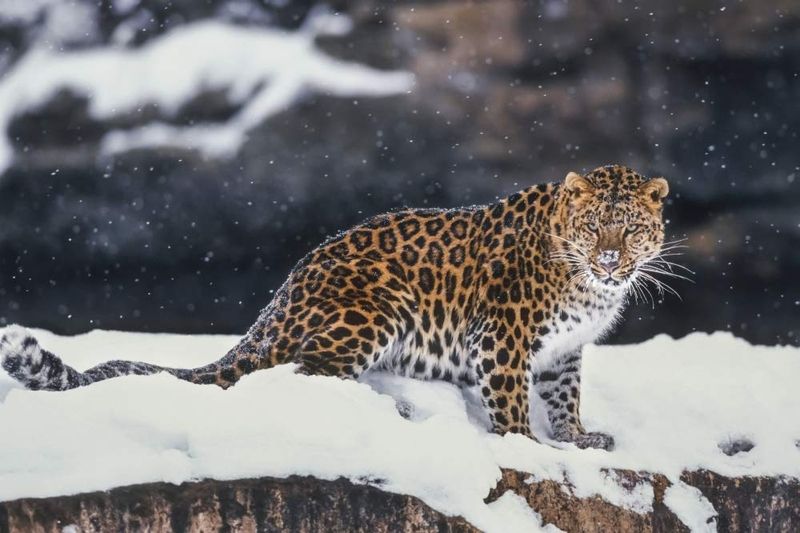
Critically endangered yet resilient, the Amur leopard roams the forests of the Russian Far East. By isolating themselves in these cold, remote areas, they limit contact with humans.
Their distinctive spotted coats and agile movements make them adept hunters. These leopards survive by embracing their challenging environment, highlighting the balance between isolation and survival.
Gray Wolf
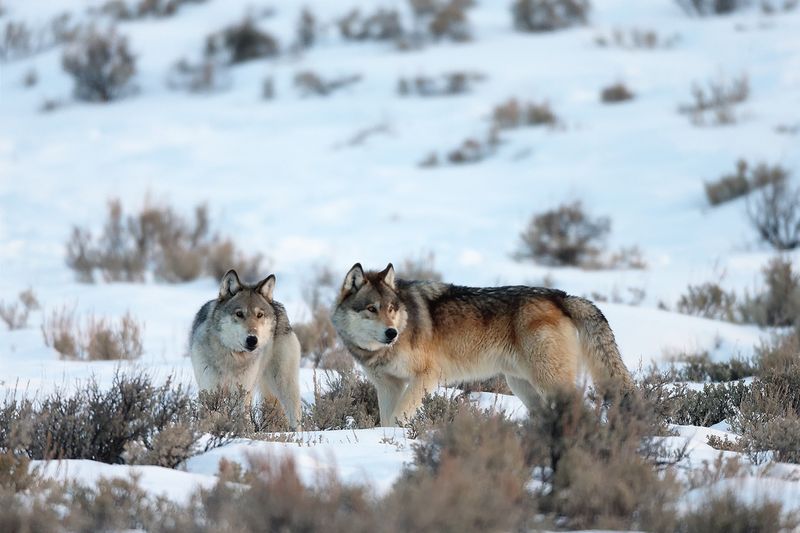
Once nearly extinct in North America, the gray wolf has made a remarkable recovery by avoiding urbanization. These social animals form closely-knit packs, navigating vast territories in search of prey.
By inhabiting protected areas like Yellowstone, gray wolves maintain their ecological role as apex predators. Their ability to thrive without adapting to human environments showcases the benefits of conservation efforts and their intrinsic connection to the wild.
Saiga Antelope
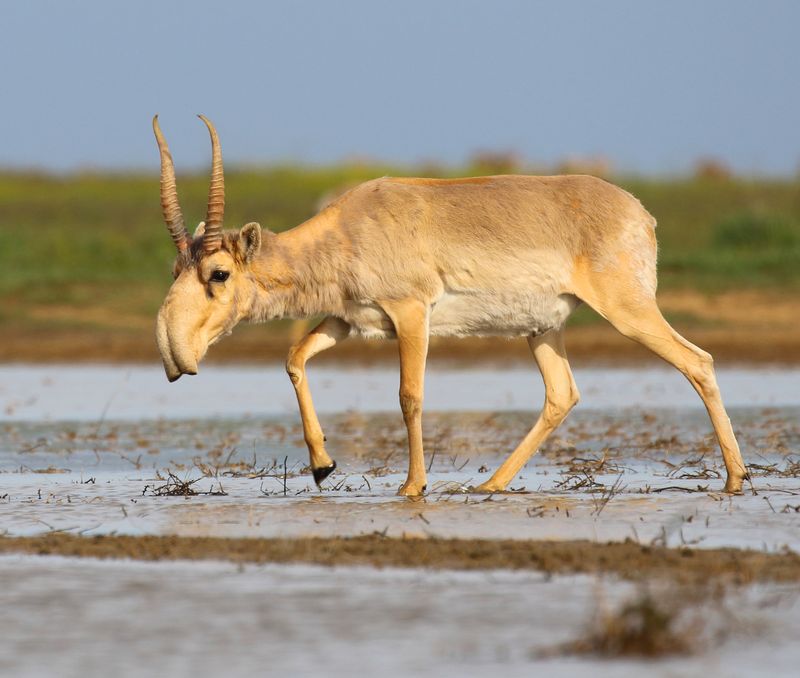
With its distinctive nose and gentle demeanor, the Saiga antelope roams the steppes of Central Asia. These animals have thrived by avoiding human-populated areas.
Their migratory nature ensures they find fresh pastures and evade threats. The Saiga antelope’s survival amidst changing climates and landscapes is a testament to their adaptability and the importance of preserving open spaces.
Polar Bear
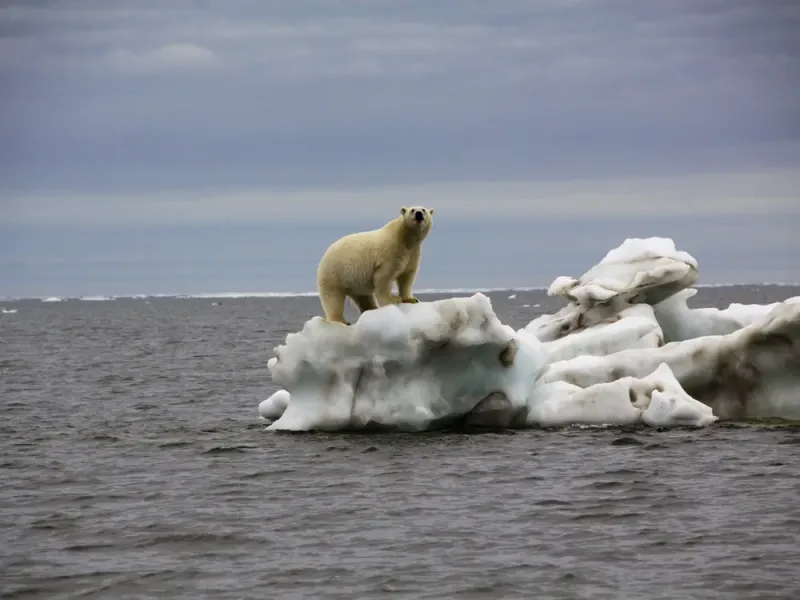
Monarchs of the Arctic, polar bears thrive in one of the harshest environments on Earth. By living on vast ice sheets, they encounter minimal human interference.
Their thick fur and blubber insulate them against extreme cold, while their keen hunting skills ensure a steady food supply. The polar bear’s survival in isolation highlights the importance of preserving their icy domain.
Iberian Lynx
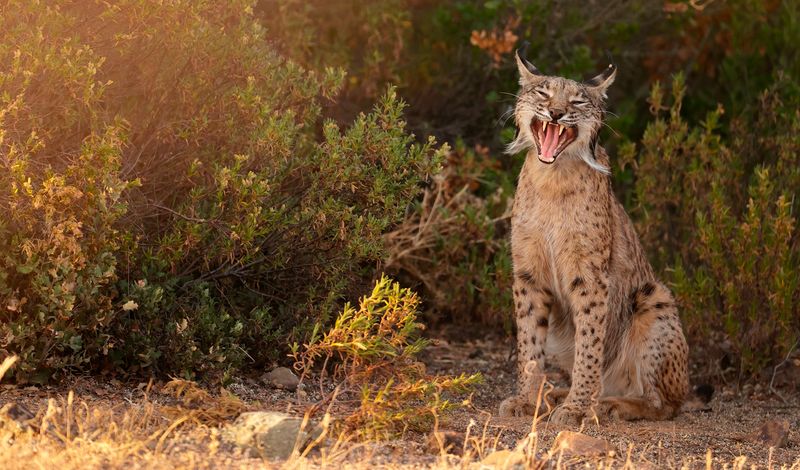
Endangered yet determined, the Iberian lynx inhabits the Mediterranean forests of Spain and Portugal. By avoiding human settlements, they maintain a crucial role in their ecosystem.
Their keen eyesight and stealth make them effective hunters. The Iberian lynx’s recovery from near extinction underscores the value of wilderness preservation and their unique place in Europe’s biodiversity.
Siberian Tiger
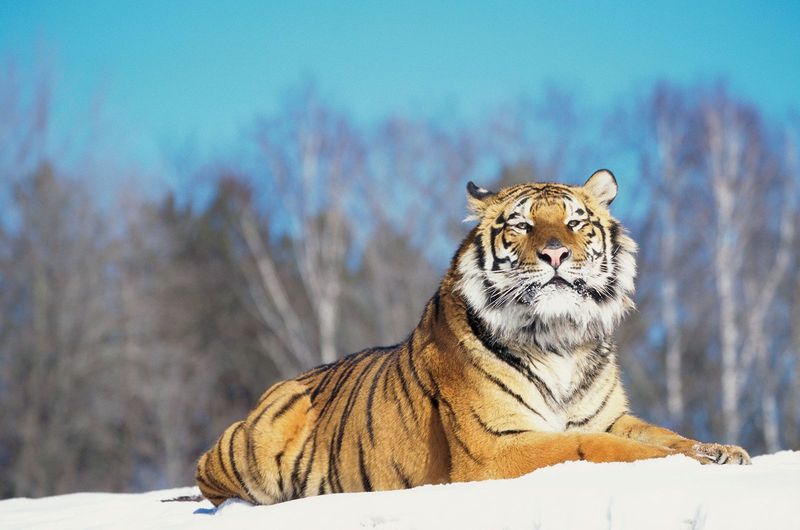
The majestic Siberian tiger prowls the vast forests of eastern Russia, avoiding urban expansion. These tigers are solitary hunters, relying on their strength and stealth.
By staying in their natural habitats, they evade many threats posed by humans. The Siberian tiger’s survival highlights the necessity of large, undisturbed territories for apex predators to thrive.

